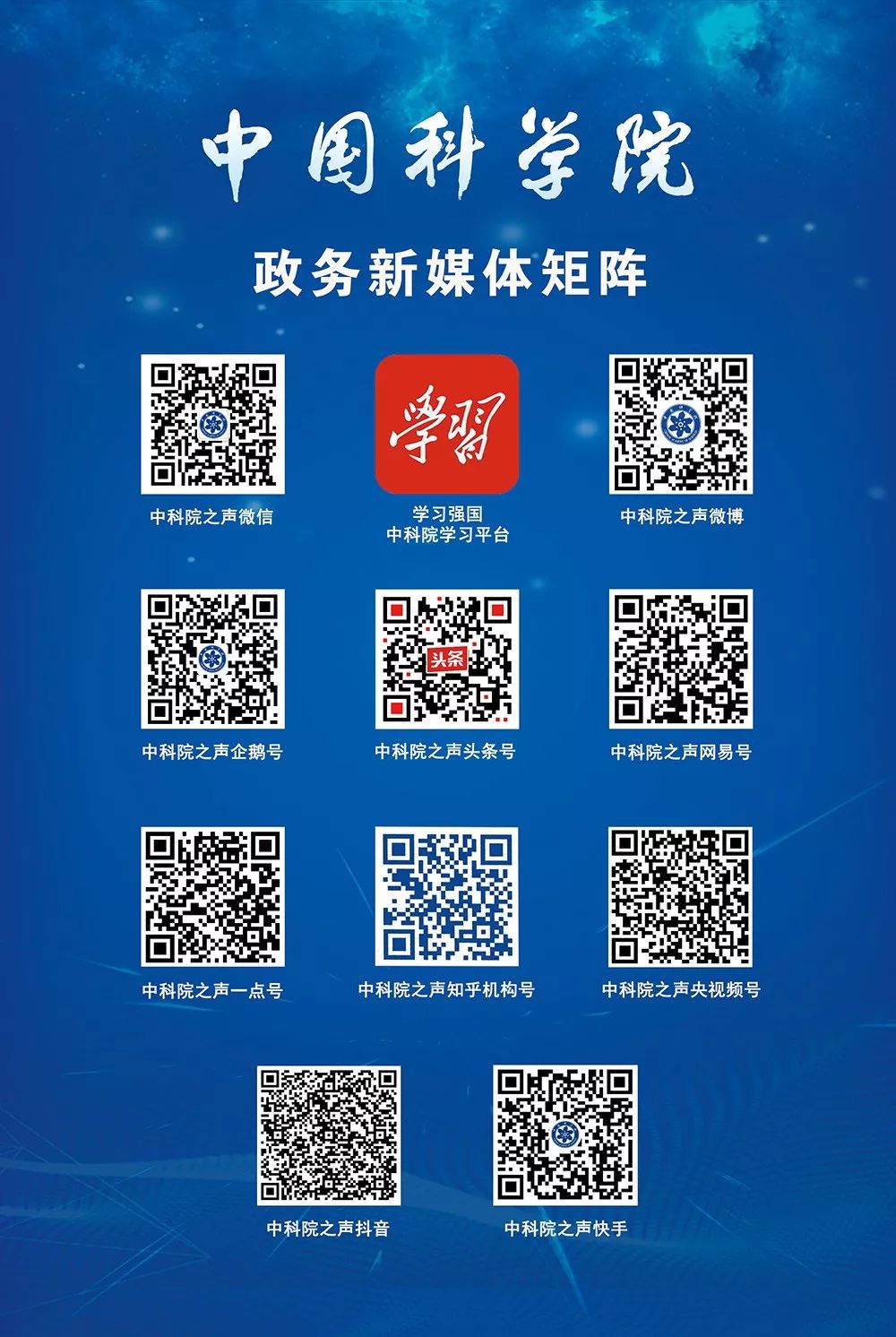Recently, the research teams of Zhan Yang from the Brain Intelligence Center at the Shenzhen Institute of Advanced Technology, Chinese Academy of Sciences, and Li Guanglin from the Neural Engineering Center collaborated with the team from University of Electronic Science and Technology of China to develop a self-powered flexible wearable neural stimulator that achieves bidirectional regulation of neural plasticity. The related research results were published in Nano Energy under the title Bidirectional modulation of neural plasticity by self-powered neural stimulation.
Regulating neural plasticity is considered an effective means to treat diseases such as Alzheimer’s disease, drug addiction, and stroke. Currently, common commercial neural stimulators usually require batteries or power sockets to maintain their power needs. The large system framework and inflexible component design limit the flexible application of the devices. To overcome this technical challenge, the researchers designed a self-powered flexible wearable neural stimulator that induces long-term potentiation or long-term depression through high-frequency and low-frequency pulse modes, achieving bidirectional regulation of neural plasticity. This self-powered flexible wearable neural stimulator integrates a flexible self-powered nanogenerator, signal modulation module, and neural stimulation electrodes, offering advantages such as small size, light weight, and portability, capable of converting mechanical energy generated during movement into neural stimulation signals to modulate synaptic plasticity.
The self-powered flexible wearable neural stimulator was validated in awake animal models. The researchers connected the device to the mouse brain, and the signal modulation module modulated the collected energy into dual-mode stimulation signals, successfully inducing the formation of long-term potentiation and long-term depression in the hippocampus without the need for external power supply. This research overcomes the shortcomings of traditional commercial electrical stimulation devices, which are often bulky and pose potential hazards due to their power supply, providing new ideas for the treatment of neural system diseases based on synaptic plasticity and bidirectional brain-machine interaction.
The Shenzhen Institute of Advanced Technology and the University of Electronic Science and Technology of China are the corresponding units. Research assistant Han Yechao from the Shenzhen Institute and visiting student Zhao Tianming, a doctoral student from Northeast University, are the co-first authors of the paper, while Li Guanglin, Zhan Yang, and Xue Xinyu, a professor from the University of Electronic Science and Technology, are the co-corresponding authors. The research work was supported by the National Key Research and Development Program, the National Natural Science Foundation, the Shenzhen-Hong Kong Brain Science Research Institute, and the Sichuan Science and Technology Program.

Bidirectional Regulation of Neural Plasticity by Self-Powered Neural Stimulator
Source: Shenzhen Institute of Advanced Technology, Chinese Academy of Sciences
Note: Recently, the WeChat public account information flow has been revised. Each user can set frequently read subscription accounts, which will be displayed in a large card format. Therefore, if you do not want to miss articles from the “Voice of the Chinese Academy of Sciences,” you must perform the following operation: Enter the “Voice of the Chinese Academy of Sciences” public account → Click the ··· menu in the upper right corner → Select ‘Set as Starred’
